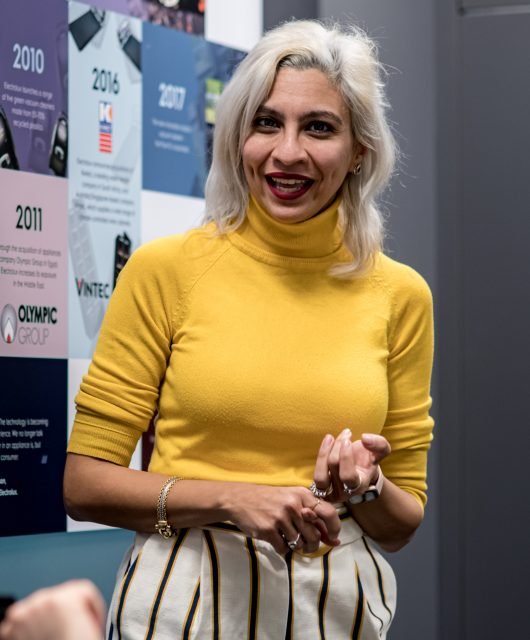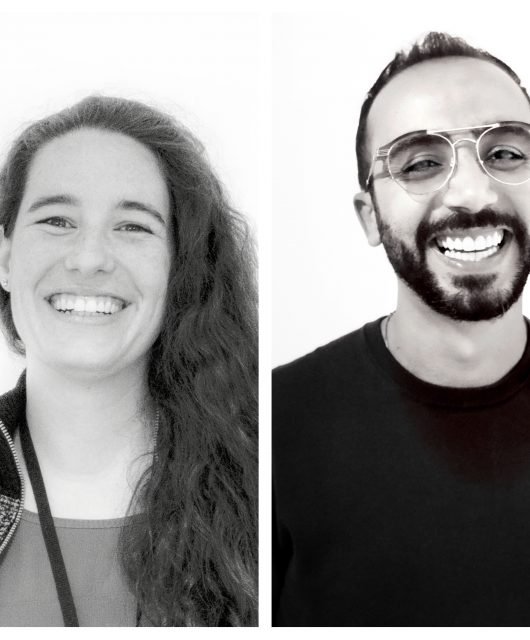The Top PR And Marketing Trends Of 2024 (So Far), By JWI’s Charli Wright
We’re now over halfway through 2024 – or, in marketing speak, only five months away from Q1 2025. And, as we prepare for the months ahead, it’s time to take stock of the current trends dominating our industry and how they are likely to shape our strategic approach into the final quarters of 2024 and beyond.

Trend #1: AI: The conversation – and controversy – is far from over
Whether we like it or not, AI has transformed the marketing industry. From data analysis to content creation, it’s become an invaluable tool that has sped up processes, streamlined implementation and improved insights. However, as the technology evolves, so do the discussions about its use.
Today, consumers in the GCC region are among the most open in the world to using AI. Saudi Arabia ranks second globally for societal awareness of AI, with 76% of its population feeling positive about AI products – second again only to China.
However, as generative AI becomes more ubiquitous – and the ability to differentiate between man-made and AI-generated content becomes increasingly difficult – maintaining consumer trust and confidence will be a significant challenge.
As a result, many consumers are likely to seek out openly AI-free brands that prioritise authenticity and human creativity. By 2027, it’s projected that 20% of brands will differentiate themselves by emphasising the absence of AI in their operations and products.
Moving forward, brands need to navigate their strategic approach to AI more thoughtfully. To stay ahead, marketers need to balance its efficiency and innovation with a commitment to transparency. Because ultimately, addressing consumer concerns will help build trust and foster long-term loyalty.
Trend #2: Immersive activations are still integral to brand experience
While AI continues to revolutionise marketing services, there are some elements of the industry that it cannot replicate – specifically the impact of in-person events.
In the digital age, online interactions dominate. But this also means that creating in-person experiences that educate, entertain and inspire holds immense value. And today, experiential marketing is experiencing a resurgence across the GCC.
As we know all too well, emotions drive marketing success. In Saudi, 58% of consumers say they spend more on experiences than products – however, we can see a direct correlation between experiences and associated product purchases. Curating campaigns that put the consumer experience at their heart is therefore vital, especially as we head into the final quarter and the height of events season.
Looking ahead, we anticipate a greater focus on experiential marketing that works smart – not hard – to proliferate omnichannel campaign content. This involves turning consumers into creators, using immersive activations to foster more user-generated content (UGC). This ‘Ikea Effect’ – where people value something more if they create it themselves – empowers consumers to actively participate in activations and share their experiences, enhancing recall and supporting the efficacy of integrated social campaigns.
By leveraging the physical to enrich the digital, brands can create cohesive campaigns that resonate deeply with consumers across the region.
Trend #3: Influencer partnerships are still valuable – but the way they work is changing
As marketers, we constantly analyse how to best deliver Return on Investment (ROI) for our clients. However, a more nuanced approach can be to assess Return on Engagement (ROE).
ROE goes beyond the immediate numbers, to focus on the depth of connection and brand loyalty generated by content. As we look to the future, prioritising ROE will become essential as brands seek meaningful interactions that resonate with audiences and drive long-term success.
For consumers, creator content can be twice as credible and relatable as branded content. And, as influencer marketing grows, investing in long-term partnerships becomes important. In other words, it’s less about engaging ‘influencers’, and more about engaging authentic ‘people of influence’.
These micro and nano key opinion leaders (KOLS) tend to have highly engaged, and often more niche, follower bases. However, this also means that the connection they have with their followers is often more intimate and relatable. And, importantly for marketers working to tight budgets, they will most likely command lower fees than macro and mega influencers.
With the shift towards micro and nano KOLS well underway, we anticipate that brands will further capitalise on the opportunity to achieve both their ROI and ROE by engaging strategically with collectives of KOLS – rather than traditional influencers – when building out campaigns.
Key takeaways
So, what do these trends tell us about current consumer behaviour? I believe they signal a return to authenticity and interaction – both on and offline. They also reflect a need to balance AI innovation with human ingenuity and creativity, harnessing the power of the ‘human touch’ to keep brands at the forefront of consumer consideration. And, as we move into the final months of 2024, mastering this balance will be crucial to any successful campaign – in both the immediate and long-term future.





